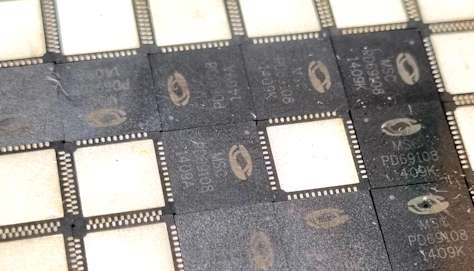What do you do with a pile of ICs worth thousands of dollars on paper, but which no one needs anymore?

What do you do with a pile of ICs worth thousands of dollars on paper, but which no one needs anymore?

What is the lowest possible clock frequency at which a microcontroller can still do useful work? Here’s a little project that attempts to explore this weird question.
Version 1.6.6 of the Arduino IDE is upon us, and with it – among other novelties – is the Serial Plotter, a basic graphing utility for visualizing data, debugging and show-off. What is it, and how to use it? Here’s a little guide…
What does the world look like through the eyes of a light dependent resistor (LDR)? My unimpressive PunyCam shows us the answer… ever so slowly!
Can the PC’s mouse input be used to send binary data from an embedded system to a desktop software? And, more importantly, can this be done without affecting the regular usage of the mouse? As it turns out, within a few limitations, the answer is yes. Here’s how.
An Arduino equipped with a camera sounds like a great start for a wide variety of projects. Unfortunately, the Arduino’s hardware is really not up to the data volumes and rates required for meaningful image processing. This problem has a few partial solutions. In this post I will present one of them – a serial-connection camera with the VC0706 chip, and the dedicated code library by Adafruit.
The Serial Monitor of the Arduino IDE is used extensively by most, if not all, Arduino programmers. it is also unbelievably basic, and provides only the simplest of capabilities. On the plus side, that makes it easy to operate, but it also causes some frustrations. Isn’t it time for a better alternative?
No, this is not about their killer driver fiasco from a couple of weeks ago. In a sense, that was a success – at least the driver did what it was supposed to do! How about distributing a demo source code for a new product – probably the very first code a user will try to compile and run – that has obvious bugs which render it useless?
Recently, I was requested by a client to develop a certain control system using the VM800P35A. This “EVE development module” by FTDI Chip (EVE standing for Embedded Video Engine) is an interesting combination of an Arduino, a 3.5″ LCD display, and the FT800 Graphic Controller. In this “first impression” we’ll see what this module is all about, and what you can expect from it.